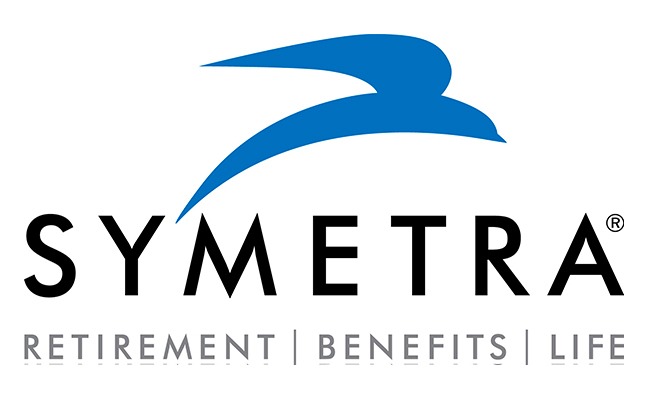Reimagining Retirement in a Post-COVID World
Getting Seniors to Know, Like & Trust Us
In a Virtual World
Context
Prior to the pandemic, seniors proved to be the highest growing user segment for Facebook. As a result of the pandemic, they now know how to use a variety of video conference tools like Zoom and FaceTime. Sometimes, they search the internet aggressively to learn more about our products. Startups, advisors, agents, distributors, carriers and service providers must learn how to cultivate trusting relationships with a new set of digital tools.
Our virtual discussion forum
In a virtual forum on December 9, 2020, we discussed the need to rethink how to engage with seniors in an online environment. We challenged whether we should even define and market to a segment as broadly defined as "seniors." We debated the types of online tools we need to refine, design, and implement in the coming year to effectively recreate relationships that lead to meaningful retirement planning. In this report, we summarize the discussion and propose a framework for creating a new environment for engaging a group of people who chronologically exceed age 55.
Current industry landscape
Prior to the pandemic, our industry widely understood that the senior market represented one of the fastest growing segments on Facebook. Taken in a very narrow context, the trend justified many exploratory investments in social media advertising efforts. Taken broadly, the data foreshadowed an impending sea of change in the behavior of a demographic typically assumed only to engage at the kitchen table or via television infomercials. Since March, we have witnessed this market segment rapidly move to an online world. They have grown comfortable with video conference calls, online chats, and making large purchases over the internet.
To a great extent, they have also closed their desktop computers and moved to the phone and tablet devices for accessing the web. The remarkable change stares at us each week. One year ago, 70% of users age 55+ visited us via a desktop device over a 7-day period. Fast forward to the same week in 2020, we see that number drop to 53%. Users coming to us through smartphones have jumped from 29% to 47%. They use online chat with no hesitation. They will join us on Zoom calls, with their camera on, to discuss planning needs and policy information. The online future of retirement planning has arrived.
Creating strong connections with seniors coming out of the pandemic will require major changes. How do we initially get to know them? How do we build a personal rapport? How do we build trust at a distance? We identified 12 opportunities to bridge the gap as an industry.
Creating digital connections with seniors
1 – Meet them where they are
The pandemic has accelerated the need for new services for seniors that have already emerged over the last few years. New technology has opened up the possibility for extending the time that seniors can live in their homes rather than a facility. Sometimes called aging- in-place, Aging 2.0, or silvertech, the emerging marketplace creates many opportunities to address important funding needs.
Our panelists have already explored many of these new sectors. Cathy DeWitt-Dunn, President of DeWitt & Dunn, offers classes on how to use video conferencing tools. Farron Blanc, co-founder and CEO of Gerry, has built market traction offering counseling for depression and suicide, getting groceries and finding health care aides in addition to helping with wills. Our retirement community must be willing to build tech stack integrations that complement these new communities and adapt products and services to create new types of value.
2 – Deliver experiences that make seniors feel strong, not weak
Hard sales efforts of retirement products and services rarely paid off before the pandemic. Post- pandemic the approach will dissuade consumers. They want to feel in charge of the decision whether to speak with you and when to make a purchase decision. "If you design empowering technology for them, you can really meet them where they are...Our goal at Silvur is to be the Apple Watch, not to be the Life Alert," said Rhian Horgan, Founder and CEO of Kindur.
Anil Sanwal, Vice President, Business Initiatives Lead at RGAX echoed the sentiment that we need to place control in the hands of our target consumer. "Consumer engagement is still the number one game here, the number one focus. It's just that we need to meet the seniors where they are," he said.
3 – Leverage seniors' new comfort with video
Not only does video create a richer connection with people than the phone, but it enables more efficient engagement for both the client and the advisor.
We have discovered this as an organization. And we have become much more closely engaged with agents and policyholders as a result of embracing it. "And it's pretty interesting that today I’ve already had approximately nine (30 minute) Zoom meetings since early this morning. And that's a lot of people to reach out. Back in the day everybody would come to your office and they think they were going to be there for about an hour. And that’s what they expect. So we've also been able to manage the expectation," said Cathy DeWitt- Dunn. Technology has allowed advisors and service providers to offer a richer experience. We should invest in technology that makes virtual meetings a better and more efficient planning environment for seniors.
4 – Reinvent the one-on-one meeting
In the past, most relationships between advisor and client started with the initial one-on-one meeting. The client evaluated the advisor. The advisor screened the client. Today, the meeting starts virtually, far before either party meets face- to-face, if they ever actually do. "With all of the different online tools and resources that we have on our website - being able to reach out with email, nurture campaigns, and texting clients. It's just amazing how we've moved away from the one-on-one meeting format,” observed Cathy DeWitt-Dunn. Platforms that create an integrated digital nurturing experience that lead to an expected virtual meeting will be in much greater demand over the next few years.
5 – Reduce fear of the future through knowledge
We know that in a poll conducted in November 2020, 75% of workers said they planned to work in retirement, up from 65% in May of the same year.1 Anecdotally, we hear the same sentiment on many video conferences and chats with our own clients. In many cases, this belief simply isn’t true. By saving more today, adjusting expectations of retirement lifestyles, and really understanding all available retirement resources, many people will not have to work this long.
"They simply don't have a firm retirement date in mind and a clear idea of how much income they can generate with their existing assets." 50% of our customers are afraid of running out of money in retirement. It's a huge issue in this post-pension world," said Rhian Horgan of Silvur. This is why determining these numbers plays a central role in their in-app experience. Knowing the numbers and understanding the possibilities immediately takes away fear of the future. From a technology and UX perspective, we need to develop tools that make this process as easy as possible for the consumer.
6 – Design new solutions to solve for the decumulation problem
For far too long, solving for retirement income almost always led to a legally-defined and state-filed "product". It usually involved opening an account, depositing money and relying on the guarantees or expectations set by a large financial institution.
Today, technology opens the door for real-time management of a broad class of assets to optimize income minimize risk, and match cash flow against exact senior needs. Manish Malhotra Founder and CEO of Income Discovery builds tools that both advisors and clients can use to do exactly that. “People want lifetime income, but they don't want annuities." Manish said. "What we are missing in the industry (is not just) a simpler product, but (the ability to) tell a synergistic story of how our product will be a part of your solution. Annuity is a part. How it will work synergistically with your Social Security claiming, withdrawal from your investment assets with your pension, etc.?,” Advisors in the retirement market will need more platforms that integrate multiple types of accounts and assets with a total retirement plan.
7 – Reframe the retirement conversation around risk
A critical part of any retirement should include a discussion around risk. Regulators require that we identify the risk tolerance of our clients. However, do clients truly understand the potential impact of the answer to the question over a 10-year period? A critical part of any retirement conversation should include the progressive reduction of risk as a person ages. Older individuals simply may not have the time to potentially recover from a dramatic drop in equity or other market sectors before they draw down principal. Emerging income planning tools make this conversation easier. "We say, 'What is your safe retirement income if you live up to 90th percentile lifespan?" Manish of Income Discovery explained.
8 – Build trust in small stepsk
In any business, trust proves hard to build and easy to lose. In the retirement space, the stakes only increase because of the impact decisions will have for clients in later years. "In an online environment, respect for privacy, time, phone and inbox interruptions offers the first opportunity to build trust." Farron Blanc, CEO of Gerry. Gerry offers a wide range of concierge services for seniors. His biggest obstacle to overcome has been fear of what will happen to information that potential clients share. "When we ask them why they haven't completed their profile is that they're afraid of getting spammed or robo-called to death," he shared with the group.
"So what we're doing is trying to provide added peace of mind, income, and making sure that their money lasts longer than they do. So I think it’s very key on the trust component, because you're not ever going to really have a long term client if you don’t have the trust there,” added Cathy DeWitt- Dunn.
9 – Find the right ux for different segments of seniors
We consistently hear that we can't confuse biological age for chronological age in the "senior" market. At the same time, we need to respect a very wide variety of UX preferences if we want to effectively serve a broad spectrum of individuals above age 55. For some seniors, the television proves to be the primary and most natural interface. "What you'll see in a lot of these solutions for seniors is remote control devices that don't have 60 buttons, but maybe four or five that they can easily learn and use," observed Anil Sanwal. We have seen a number of solutions using the remote control as the portal to additional services. In contrast, others participating in the panel reported a high degree of success presenting very modern experiences for seniors.
"I would say that this customer is tech savvy. But their tech usage is different," said Rhian Horgan. Mike Kalen, CEO of Covr echoed her perspective. "Boomers may be more open and willing to have human interaction, and millennials may still want frictionless journeys. So all digital engagement is probably not going to be created equally," he added.
10 – Solve for aging in place to reduce retirement income needs
Part of alleviating the fear of running out of money is reducing the amount of money needed in later years. The cost of health care and assisted living can prove daunting for many people to contemplate financing. Any technology-enabled service that keeps a senior living independently longer generally can reduce higher living expenses in later life.
11 – Better arm the agent for success in a digital age
Agents and advisors understand the psychology, the process and the products. However, many lack both the knowledge and tools to make an efficient leap into the future. "Digital training through IMOs is a huge opportunity right now. And it's probably really three groups of advisors. There's the self-starters, there's the ones that are never going to change. But there’s clearly the movable middle that need and want what we can help them with. So we’re in the beginning, we're in the third or fourth inning of this revolution. And I really do think these digital tools are going to make agents more relevant because they’re going to help agents be more productive," said Cathy DeWitt-Dunn.
At the end of the day, we believe that clients will need to speak with a person to discuss complex financial decisions. The tools will facilitate and improve the quality of that discussion, but not eliminate the need, according to Manish Malhotra.
12 – Prepare for 24 x 7 engagement
People on the web expect advisors, intermediaries, and carriers to be accessible when they browse those sites. Increasingly, those times fall outside normal business hours. Cathy DeWitt-Dunn observed that having a continuous presence and mode of engagement at all times was critical for her business. "The one thing, too, that's very interesting that we implemented at the beginning of the COVID crisis was to answer every single one of our telephone calls live, 24/7...So I find that we're going as fast as they are. And we're responding just as quickly as they are versus waiting until tomorrow morning or Monday if they've reached to us over the weekend. Because it’s their money and they're thinking about it right now," she explained.
13 – Connect with the extended family or caregivers
Our group generally recognized that it will be highly important to connect with the support network of the seniors we serve. "I think we need to also expand the scope of how we help that age group by looking at the family caregivers. We need to make sure that they are emotionally and physically strong to be able to provide support, and that they have all of the resources needed," said Anil Sanwal. As Farron Blanc observed from the front line, we have found that caregivers tend to focus on matters for shorter bursts of time with sometimes very different goals.
14 – Make a link between health and wealth
Finally, we agree that with the mass adoption of devices like the Apple Watch and FitBit, we have a tremendous opportunity to directly tie healthy behavior to long-term financial stability. Life insurance has proven the quickest to link products. However, we all believe that it should help be a part of the retirement equation. "There is a distinct opportunity to think about how decisions around health and decisions around wealth influence each other. And how there are commonalities between the way people decide about health and the way they decide about finances that could be explored," said Don Lemmex of Symetra.
Appreciation
We want to thank our distinguished panel for framing the discussion:
We also want to thank all the retirement industry leaders who joined us for this event and shared their unique insight on problems to solve and their investment opportunities. Also, this event could not have occurred without the leadership of Laura Dinan Haber, Program Manager of Nassau Re/Imagine, Ramsey Smith, Founder and CEO of ALEX.fyi, and the marketing team of Nassau Financial Group. Support and funding comes from Nassau Financial Group, Launc[H] and Symetra.
About the Author
Paul Tyler serves as the Chief Marketing Officer for Nassau Financial Group. He leads the branding, marketing, and digital engagement for the company. He founded the incubator Nassau Re/Imagine in 2020 as a place to help companies create the future of insurance today.
About Re/Imagine
Nassau Re/Imagine serves as incubator for companies intending to build a presence in Hartford. We actively support individuals and teams committed to building a vibrant insurtech ecosystem in the heart of our insurance community.
Forum Series Sponsors
Opinions expressed in this document reflect only those of participants and do not necessarily express the views or opinions of their employers or our sponsors.
Symetra® is a registered service mark of Symetra Life Insurance Company.
1 Saving for the future self: Neural measures of future self-continuity predict temporal discounting, Hal Ersner- Hershfield, G. Elliott Wimmer, and Brian Knutson, 2009, https://static1.squarespace. com/static/5dd05454f1a7771855d537b7/ t/5deeaed32d94c967c146bb 3b/1575923414660/Ersner-Hershfield_ Wimmer_Knutson_2009_SCAN.pdf
2 "Transamerica Joins Prudential in Ditching Rate-Sensitive Products”, Life Annuity Specialist, December 11, 2020, https://www.lifeannuityspecialist. com/c/2992303/374783/transamerica_ joins_prudential_ditching_rate_ sensitive_products?referrer_ module=issueHeadline&module_order=1
3 November 2020 Retirement Confidence Index, SimplyWise, https://www. simplywise.com/blog/retirement- confidence-index/
 NASSAU REIMAGINE
NASSAU REIMAGINE
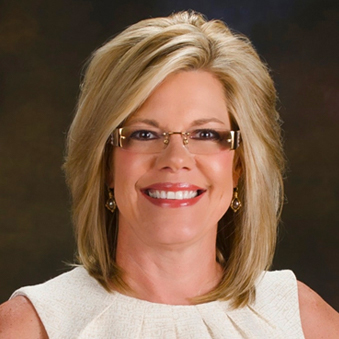
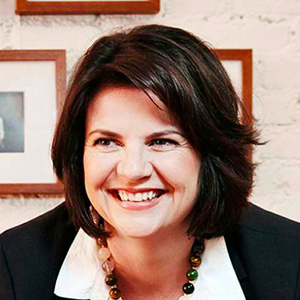
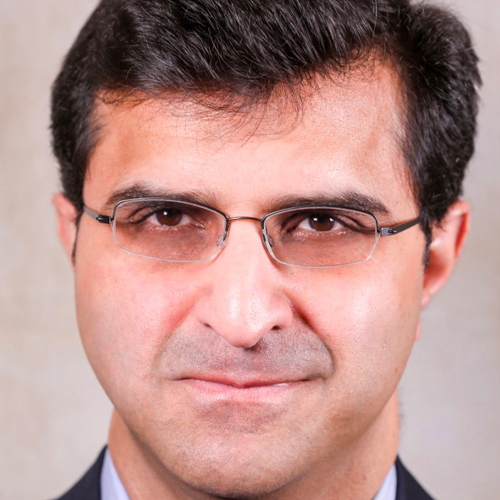

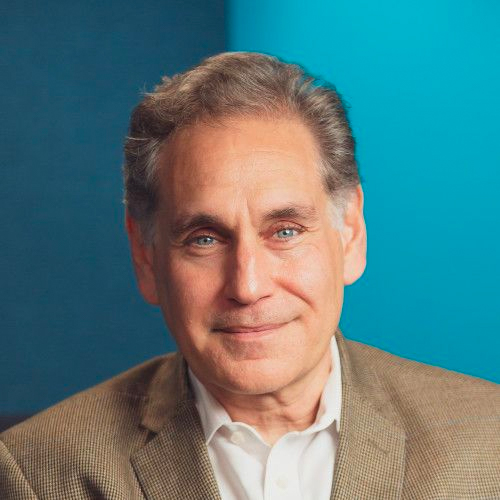

![Launc[H] Launc[H]](https://imagine.nfg.com/wp-content/uploads/2021/07/launchartford.jpg)
